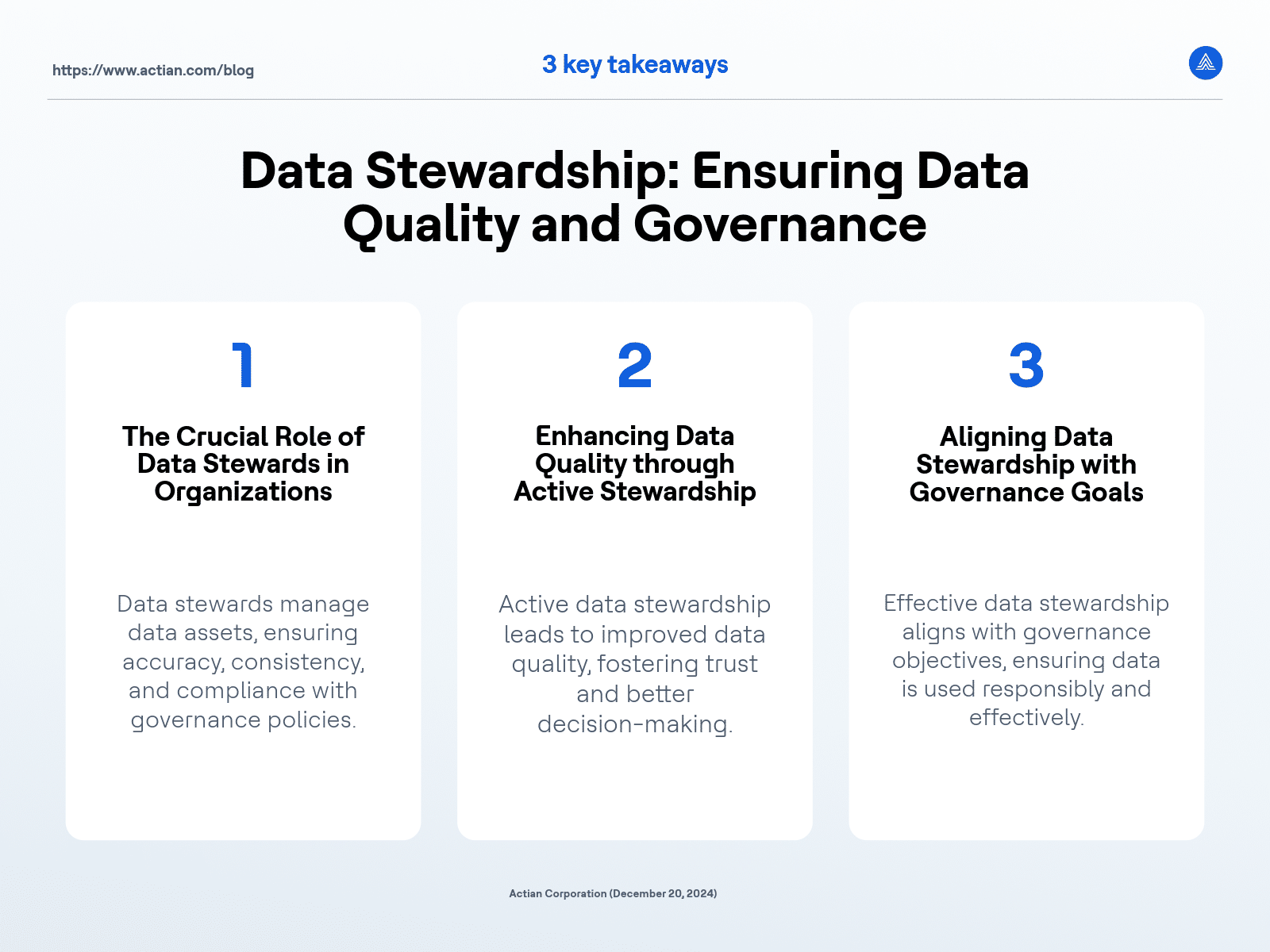I am very excited about the HCL Informix® 15 external smartblob feature.
If you are not familiar with them, external smartblobs allow the user to store actual Binary Large Object (blob) and Character Large Object (clob) data external to the database. Metadata about that external storage is maintained by the database.
Notes: This article does NOT discuss details of the smartblobs feature itself, but rather proposes a solution to make the functionality more user-friendly. For details on feature behavior, setup, and new functions, see the documentation.
At the writing of this blog, v15.0 does not have the ifx_lo_path function defined, as required below. This has been reported to engineering. The workaround is to create it yourself with the following command:
create dba function ifx_lo_path(blob)
returns lvarchar
external name '(sq_lo_path)'
language C;
This article also does not discuss details of client programming required to INSERT blobs and clobs into the database.
The external smartblob feature was built for two main reasons:
1. Backup size
Storing blobs in the database itself can cause the database to become extremely large. As such, performing backups on the database takes an inordinate amount of time, and 0 level backups can be impossible. Offloading the actual blob contents to an external file system can lessen the HCL Informix backup burden by putting the blob data somewhere else. The database still governs the storage of, and access to, the blob, but the physical blob is housed elsewhere/externally.
2. Easy access to blobs
Users would like easy access to blob data, with familiar tools, without having to go through the database.
Using External Smartblobs in HCL Informix 15
HCL Informix 15 introduces external smartblobs. When you define an external smartblob space, you specify the external directory location (outside the database) where you would like the actual blob data to be stored. Then you assign blob column(s) to that external smartblob space when you CREATE TABLE. When a row is INSERTed, HCL Informix stores the blob data in the defined directory using an internal identifier for the filename.
Here’s an example of a customer forms table: custforms (denormalized and hardcoded for simplicity). My external sbspace directory is /home/informix/blog/resources/esbsp_dir1.
CREATE TABLE custforms(formid SERIAL, company CHAR(20), year INT, lname CHAR(20),
formname CHAR(50), form CLOB) PUT form IN (esbsp);
Here, I INSERT a 2023 TaxForm123 document from a Java program for a woman named Sanchez, who works for Actian:
try(PreparedStatement p = c.prepareStatement("INSERT INTO custforms
(company, year, lname, formname, form) values(?,?,?,?,?)");
FileInputStream is = new FileInputStream("file.xml")) {
p.setString(1, "Actian");
p.setString(2, "2023");
p.setString(3, "Sanchez");
p.setString(4, "TaxForm123");
p.setBinaryStream(5, is);
p.executeUpdate();
}
After I INSERT this row, my external directory and file would look like this:
[informix@schma01-rhvm03 resources]$ pwd
/home/informix/blog/resources
[informix@schma01-rhvm03 resources]$ ls -l esbsp*
-rw-rw---- 1 informix informix 10240000 Oct 17 13:22 esbsp_chunk1
esbsp_dir1:
total 0
drwxrwx--- 2 informix informix 41 Oct 17 13:19 IFMXSB0
[informix@schma01-rhvm03 resources]$ ls esbsp_dir1/IFMXSB0
LO[2,2,1(0x102),1729188125]
Where LO[2,2,1(0x102),1729188125]is an actual file that contains the data that I could access directly. The problem is that if I want to directly access this file for Ms. Sanchez, I would first have to figure out that this file belongs to her and is the tax document I want. It’s very cryptic!
A User-Friendly Smartblob Solution
When talking to Informix customers, they love the new external smartblobs feature but wish it could be a little more user-friendly.
As in the above example, instead of putting Sanchez’s 2023 TaxForm123 into a general directory called IFMXSB0 in a file called LO[2,2,1(0x102),1729188125, which together are meaningless to an end-user, wouldn’t it be nice if the file was located in an intuitive place like /home/forms/Actian/2024/TaxForm123/Sanchez.xml or something similar…something meaningful…how YOU want it organized?
Having HCL Informix automatically do this is a little easier said than done, primarily because the database would not intuitively know how any one customer would want to organize their blobs. What exact directory substructure? From what column or columns do I form the file names? What order? All use cases would be different.
Leveraging a User-Friendly Shadow Directory
The following solution shows how you can create your own user-friendly logical locations for your external smartblobs by automatically maintaining a lightweight shadow directory structure to correspond to actual storage locations. The solution uses a very simple system of triggers and stored procedures to do this.
Note: Examples here are shown on Linux, but other UNIX flavors should work also.
How to Set Up in 4 Steps
For each smartblob column in question
STEP 1: Decide how you want to organize access to your files.
Decide what you want the base of your shadow directory to be and create it. In my case for this blog, it is: /home/informix/blog/resources/user-friendly. You could probably implement this solution without a set base directory (as seen in the examples), but that may not be a good idea because users would unknowingly start creating directories everywhere.
STEP 2: Create a create_link stored procedure and corresponding trigger for INSERTs.
This procedure makes sure that the desired data-driven subdirectory structure exists from the base (mkdir -p), then forms a user-friendly logical link to the Informix smartblob file. You must pass all the columns to this procedure from which you want to form the directory structure and filename from the trigger.
CREATE PROCEDURE
CREATE PROCEDURE create_link (p_formid INT, p_company CHAR(20), p_year INT,
p_lname CHAR(20), p_formname CHAR(50))
DEFINE v_oscommand CHAR(500);
DEFINE v_custlinkname CHAR(500);
DEFINE v_ifmxname CHAR(500);
DEFINE v_basedir CHAR(100);
-- set the base directory
LET v_basedir = '/home/informix/blog/resources/user-friendly';
-- make sure directory tree exists
LET v_oscommand = 'mkdir -p ' || TRIM(v_basedir) || '/' || TRIM(p_company) || '/' ||
TO_CHAR(p_year);
SYSTEM v_oscommand;
-- form full link name
LET v_custlinkname = TRIM(v_basedir) || '/' || TRIM(p_company) || '/' || TO_CHAR(p_year)
|| '/' || TRIM(p_lname) || '.' || TRIM(p_formname) || '.' || TO_CHAR(p_formid);
-- get the actual location
SELECT IFX_LO_PATH(form::LVARCHAR) INTO v_ifmxname FROM custforms WHERE formid = p_formid;
-- create the os link
LET v_oscommand = 'ln -s -f ' || '''' || TRIM(v_ifmxname) || '''' || ' ' || v_custlinkname;
SYSTEM v_oscommand;
END PROCEDURE
CREATE TRIGGER
CREATE TRIGGER ins_tr INSERT ON custforms REFERENCING new AS post
FOR EACH ROW(EXECUTE PROCEDURE create_link (post.formid, post.company,
post.year, post.lname, post.formname));
STEP 3: Create a delete_link stored procedure and corresponding trigger for DELETEs.
This procedure will delete the shadow directory link if the row is deleted.
CREATE PROCEDURE
CREATE PROCEDURE delete_link (p_formid INT, p_company CHAR(20), p_year INT,
p_lname CHAR(20), p_formname CHAR(50))
DEFINE v_oscommand CHAR(500);
DEFINE v_custlinkname CHAR(500);
DEFINE v_basedir CHAR(100);
-- set the base directory
LET v_basedir = '/home/informix/blog/resources/user-friendly';
-- form full link name
LET v_custlinkname = TRIM(v_basedir) || '/' ||
TRIM(p_company) || '/' || TO_CHAR(p_year) || '/' || TRIM(p_lname) || '.'
|| TRIM(p_formname) || '.' || TO_CHAR(p_formid);
-- remove the link
LET v_oscommand = 'rm -f -d ' || v_custlinkname;
SYSTEM v_oscommand;
END PROCEDURE
CREATE TRIGGER
CREATE TRIGGER del_tr DELETE ON custforms REFERENCING old AS pre FOR EACH ROW
(EXECUTE PROCEDURE delete_link (pre.formid, pre.company, pre.year, pre.lname, pre.formname));
STEP 4: Create a change_link stored procedure and corresponding trigger for UPDATEs, if desired. In my example, Ms. Sanchez might get married to Mr. Simon and an UPDATE to her last name in the database occurs. I may then want to change all my user-friendly names from Sanchez to Simon. This procedure deletes the old link and creates a new one.
Notice the update trigger only must fire on the columns that form your directory structure and filenames.
CREATE PROCEDURE
CREATE PROCEDURE change_link (p_formid INT, p_pre_company CHAR(20),
p_pre_year INT, p_pre_lname CHAR(20), p_pre_formname CHAR(50), p_post_company CHAR(20),
p_post_year INT, p_post_lname CHAR(20), p_post_formname CHAR(50))
DEFINE v_oscommand CHAR(500);
DEFINE v_custlinkname CHAR(500);
DEFINE v_ifmxname CHAR(500);
DEFINE v_basedir CHAR(100);
-- set the base directory
LET v_basedir = '/home/informix/blog/resources/user-friendly';
-- get rid of old
-- form old full link name
LET v_custlinkname = TRIM(v_basedir) || '/' || TRIM(p_pre_company) || '/' ||
TO_CHAR(p_pre_year) || '/' || TRIM(p_pre_lname) || '.' || TRIM(p_pre_formname) || '.'
|| TO_CHAR(p_formid) ;
-- remove the link and empty directories
LET v_oscommand = 'rm -f -d ' || v_custlinkname;
SYSTEM v_oscommand;
-- form the new
-- make sure directory tree exists
LET v_oscommand = 'mkdir -p ' || TRIM(v_basedir) || '/' || TRIM(p_post_company) || '/' ||
TO_CHAR(p_post_year);
SYSTEM v_oscommand;
-- form full link name
LET v_custlinkname = TRIM(v_basedir) || '/' || TRIM(p_post_company) || '/' ||
TO_CHAR(p_post_year) || '/' || TRIM(p_post_lname) || '.' || TRIM(p_post_formname)
|| '.' || TO_CHAR(p_formid) ;
-- get the actual location
-- this is the same as before as id has not changed
SELECT IFX_LO_PATH(form::LVARCHAR) INTO v_ifmxname FROM custforms WHERE formid = p_formid;
-- create the os link
LET v_oscommand = 'ln -s -f ' || '''' || TRIM(v_ifmxname) || '''' || ' ' || v_custlinkname;
SYSTEM v_oscommand;
END PROCEDURE
CREATE TRIGGER
CREATE TRIGGER upd_tr UPDATE OF formid, company, year, lname, formname ON custforms
REFERENCING OLD AS pre NEW as post
FOR EACH ROW(EXECUTE PROCEDURE change_link (pre.formid, pre.company, pre.year, pre.lname,
pre.formname, post.company, post.year, post.lname, post.formname));
Results Example
Back to our example.
With this infrastructure in place, now in addition to the Informix-named file being in place, I would have these user-friendly links on my file system that I can easily locate and identify.
INSERT
[informix@schma01-rhvm03 2023]$ pwd
/home/informix/blog/resources/user-friendly/Actian/2023
[informix@schma01-rhvm03 2023]
$ ls Sanchez.TaxForm123.2
If I do an ls -l, you will see that it is a link to the Informix blob file.
[informix@schma01-rhvm03 2023]$ ls -l
total 0
lrwxrwxrwx 1 informix informix 76 Oct 17 14:20 Sanchez.TaxForm123.2 ->
/home/informix/blog/resources/esbsp_dir1/IFMXSB0/LO[2,2,1(0x102),1729188126]
UPDATE
If I then update her last name with UPDATE custforms SET lname = ‘Simon’ where formid=2,my file system now looks like this:
[informix@schma01-rhvm03 2023]$ ls -l
lrwxrwxrwx 1 informix informix 76 Oct 17 14:25 Simon.TaxForm123.2 ->
/home/informix/blog/resources/esbsp_dir1/IFMXSB0/LO[2,2,1(0x102),1729188126]
DELETE
If I then go and DELETE this form with DELETE FROM custforms where formid=2, my directory structure looks like this:
[informix@schma01-rhvm03 2023]$ pwd
/home/informix/blog/resources/user-friendly/Actian/2023
[informix@schma01-rhvm03 2023]$ ls
[informix@schma01-rhvm03 2023]$
We Welcome Your Feedback
Please enjoy the new HCL Informix15 external smartblob feature.
I hope this idea can make external smartblobs easier for you to use. If you have any feedback on the idea, especially on enhancements or experience in production, please feel free to contact me at mary.schulte@hcl-software.com. I look forward to hearing from you!
Find out more about the launch of HCL Informix 15.
Notes
1. Shadow directory permissions. In creating this example, I did not explore directory and file permissions, but rather just used general permissions settings on my sandbox server. Likely, you will want to control permissions to avoid some of the anomalies I discuss below.
2. Manual blob file delete. With external smartblobs, if permissions are not controlled, it is possible that a user might somehow delete the physical smartblob file itself from its directory. HCL Informix, itself, cannot control this from happening. In the event it does happen, HCL Informix does NOT delete the corresponding row; the blob file will just be missing. There may be aspects to links that can automatically handle this, but I have not investigated them for this blog.
3. Link deletion in the shadow directory. If permissions are not controlled, it is possible that a user might delete a logical link formed by this infrastructure. This solution does not detect this. If this is an issue, I would suggest a periodic maintenance job that cross references the shadow directory links to blob files to detect missing links. For those blobs with missing links, write a database program to look up the row’s location with the IFX_LO_PATH function, and reform the missing link.
4. Unique identifiers. I highly recommend using unique identifiers in this solution. In this simple example, I used formid. You don’t want to clutter things up, of course, but depending on how you structure your shadow directories and filenames, you may need to include more unique identifiers to avoid directory and link names duplication.
5. Empty directories. I did not investigate if there are options to rm in the delete stored procedure to clean up empty directories that might remain if a last item is deleted.
6. Production overhead. It is known that excessive triggers and stored procedures can add overhead to a production environment. For this blog, it is assumed that OLTP activity on blobs is not excessive, therefore production overhead should not be an issue. This being said, this solution has NOT been tested at scale.
7. NULL values. Make sure to consider the presence and impact of NULL values in columns used in this solution. For simplicity, I did not handle them here.
Informix is a trademark of IBM Corporation in at least one jurisdiction and is used under license.
About Mary Schulte
Mary Schulte is Senior Sales Engineer at Actian, drawing upon decades of experience with powerhouse database vendors like Informix and Netezza. She has written thousands of lines of Informix 4GL and ESQL/C for global clients, including American Airlines' groundbreaking datablade implementation. Mary has delivered countless training sessions, helping organizations optimize their database environments. Her posts on the Actian blog center on query performance, analytics databases like Vector, and practical tips for leveraging Informix. Browse her articles for expert guidance.




















